The Xiaomi 12T Pro is one of the first smartphones to feature a 200MP main camera, but unless you’re printing photos for a gallery the size of a multi-storey building wall or a mall, that’s about 150MP more than you actually need. I took the Xiaomi 12T Pro for a visual photo shoot to get each of those pixels to work, and after many gigabytes of content, I can confidently say that you are not missing out on much with your 12MP or 50MP smartphone.
Let’s start with a fairly simple but important question – why would anyone even need a 200MP camera? There are actually two scenarios where you can really make good use of these high resolution photos. The first scenario concerns commercial printing – the user can print a 40×60-inch photo using special printers, which is useful in outdoor advertising, various banners and signs in the entire height of the shopping center. True, I strongly doubt that any of you actually do this, and if they do, then there are special cameras for these tasks. The second scenario is more relevant for most users – we are talking about framing content.
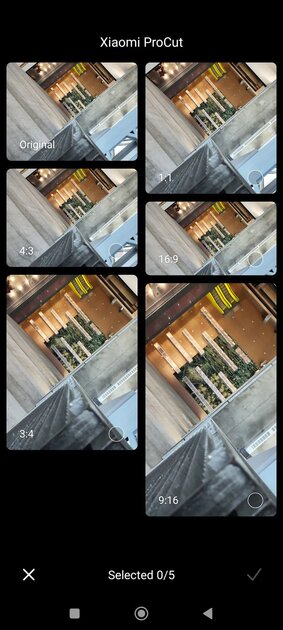
With 200 million pixels at your disposal, you can capture some spontaneous shots while maintaining enough resolution to use the end result for a variety of purposes. The fact is that Xiaomi even has a ProCut tool that analyzes 200-megapixel photos based on various algorithms, offering alternative cropping options in the gallery app.
True, there is one rather important problem – the smartphone still uses a relatively small sensor with a not the largest lens, so when viewing 200-megapixel images at full size, the shortcomings of the pictures are immediately evident. Of course, you will be able to see things that, without a zoom, are barely visible on literally any screen on which you decide to study the photographs taken. But when you zoom in, these details look blurry, as if they were painted in watercolor, and even a 12-megapixel crop on a small smartphone screen does not look very nice – there is too much noise with noticeable smoothing from noise reduction. Not the most pleasant combination.
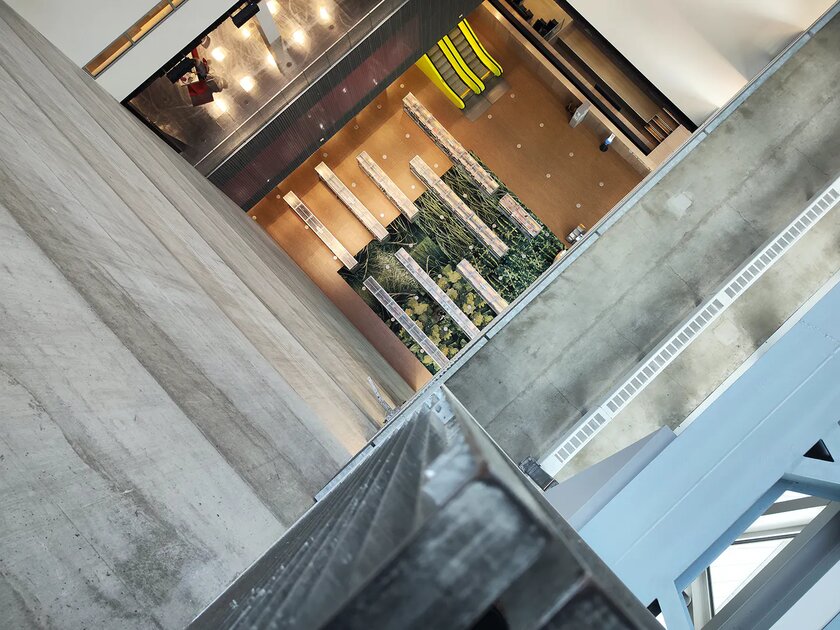
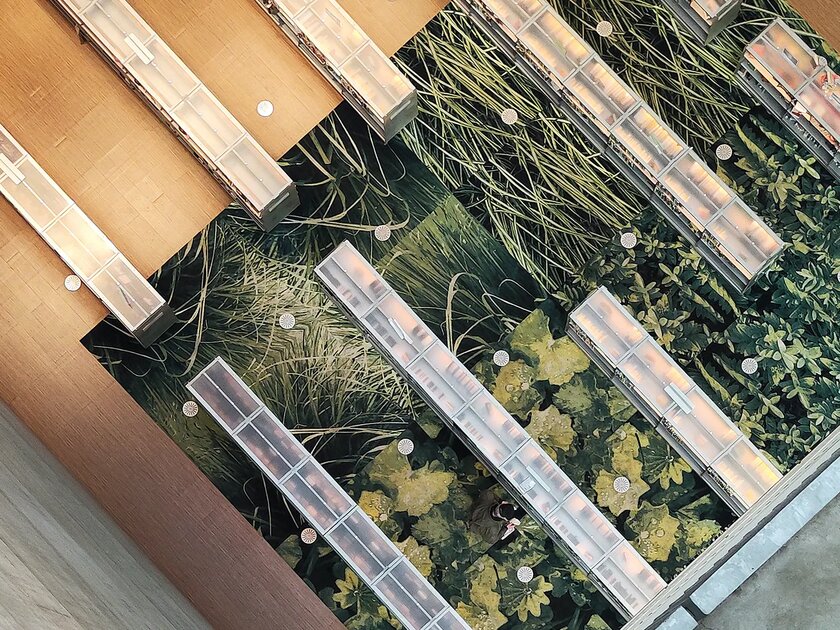
And since you’re using all the pixels available to the image sensor, you won’t be able to take advantage of the pixel binning technology. In the standard mode, when shooting at 12 MP, the main camera groups data based on several pixels to improve the quality of the final image in low light, but when shooting at full resolution, this function is not available. Accordingly, the dynamic range in full resolution shooting mode is quite limited, plus the camera does not use HDR, as is the case with the standard 12MP shooting mode with pixel binning. As a result, the user gets areas with very dark shadow details.
It is worth saying that I am not a big fan of bothering with HDR, but this is a moderately useful thing. And the smartphone’s default shooting mode does a good job of using HDR, taking generally pleasing photos with vibrant colors, but not too cartoony a palette. Although, of course, sometimes the colors look too bright and processed.
Xiaomi’s idea with the 200MP mode seems to be that you can shoot right now and crop content later when it’s convenient. But it doesn’t always work. If you are doing specific types of photography, you will have to constantly deal with a lot of noise and blurry details of the frame. On the other hand, if you’re just cropping the image to the right aspect ratio (e.g. turning a landscape photo into a portrait shot), 200 megapixels is too much for the reference point, and the end result will still be too big. For example, I took one of Xiaomi’s framing algorithm suggestions, turning a 200MP photo of my cat into… a 100MP photo of my cat. I absolutely do not need such things to take up space on my smartphone.

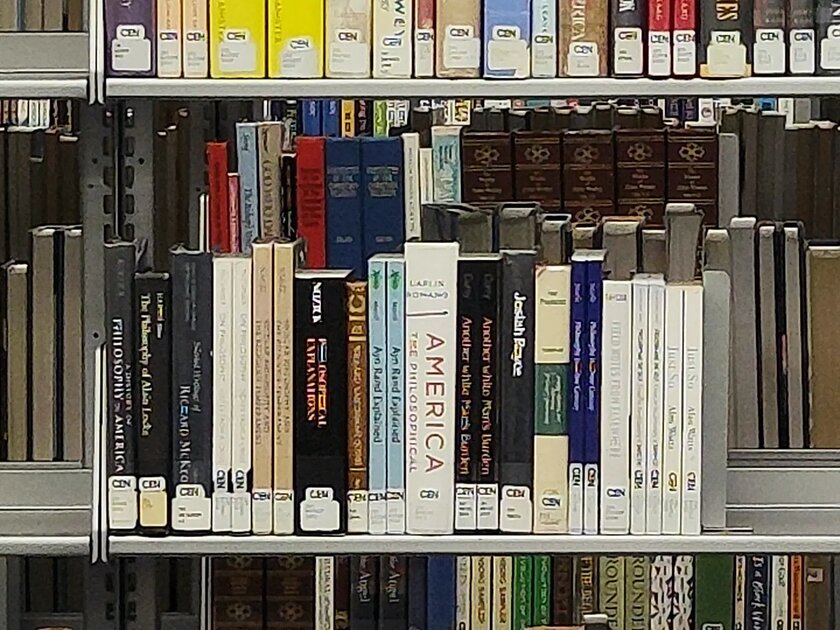
In any case, the principle of “shoot now, create later” seems to me not quite logical against the background of how I photograph on my smartphone. I prefer to see the image on the smartphone screen the way I want to see it. I enjoy the process of photographing something. Accordingly, I want to immediately choose what will be in my picture, and what will not be on it, be it a landscape or a portrait. And leaving this task to AI processing sounds extremely strange and not very fun.
Xiaomi also promotes ProCut as a great tool for taking photos of people, but don’t expect 200MP shots to turn into stunning portraits. Because the lens and image sensor are quite small, you won’t be able to blur the background beautifully like a more dedicated portrait lens would. What’s more, you won’t be able to use the camera’s portrait mode effect in post with ProCut. One of the reasons Apple or Google’s 2x zoom mode is so good is because you can use those modes when shooting portraits.
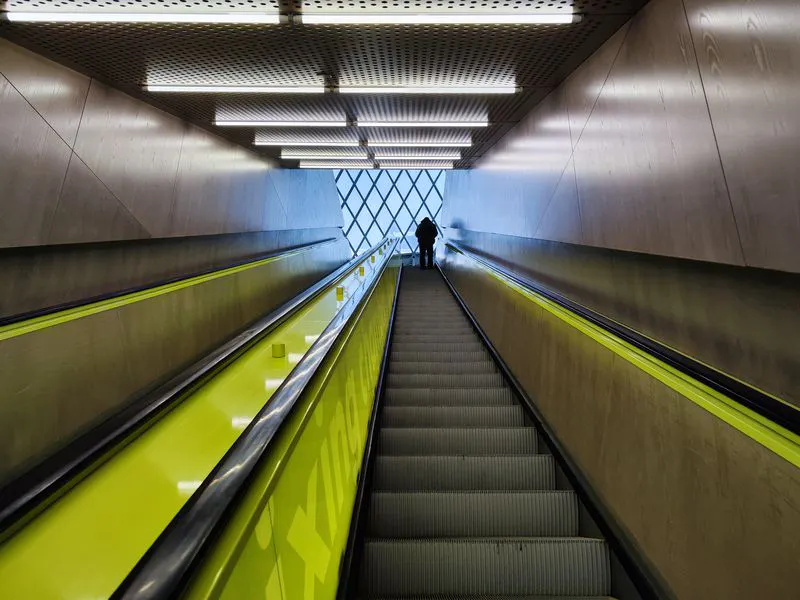

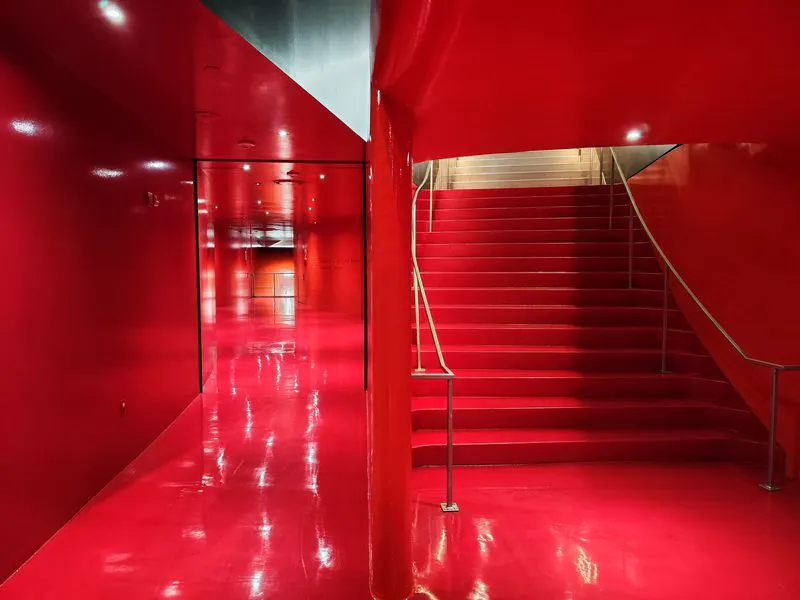
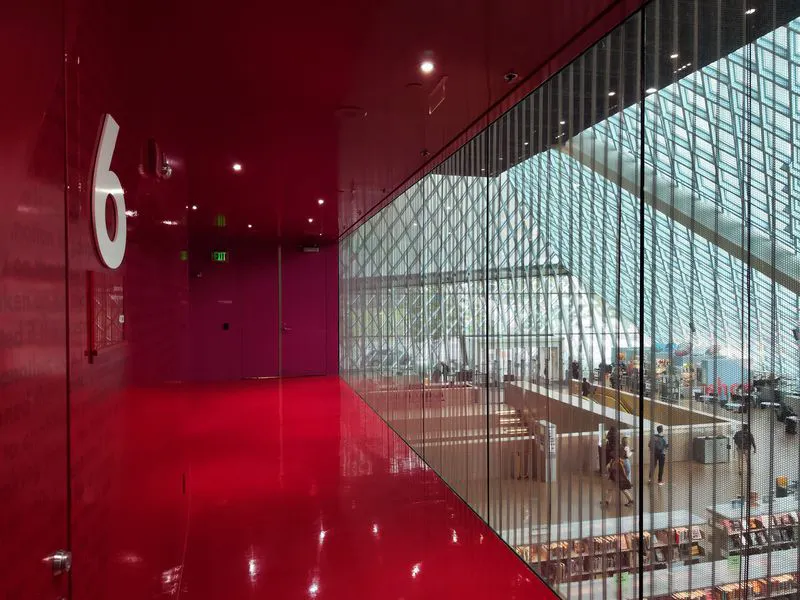
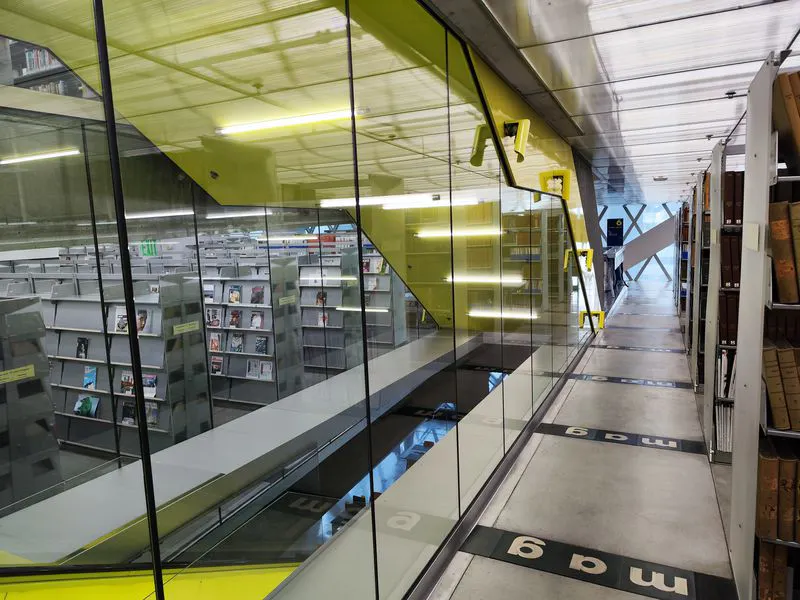

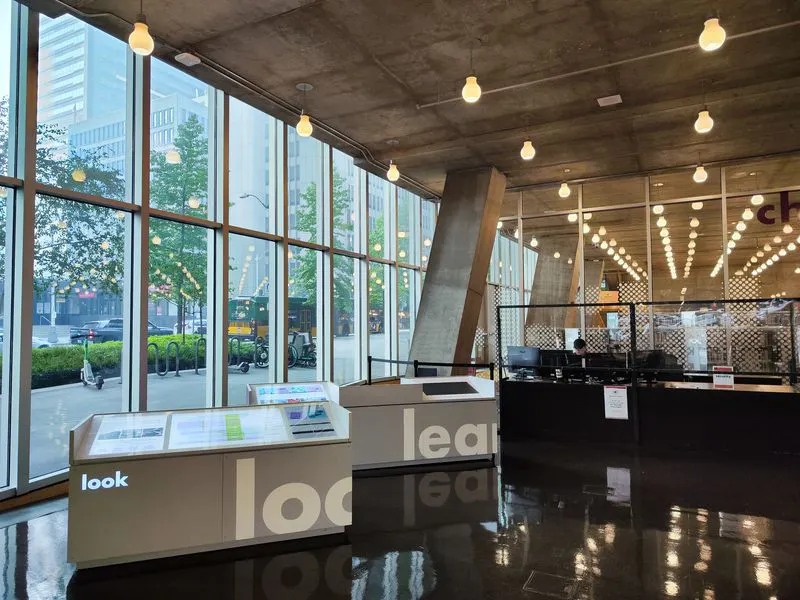
Accordingly, the more I study my 200MP photos, the more I become convinced that 50MP shots are the best solution for high-resolution mobile photography. At least with the technologies that are currently available. And apparently, Xiaomi itself agrees with this statement – 50-megapixel photos are the standard setting in the Ultra HD section of the standard camera application, where the user will switch to high resolution mode. In the case of 50MP footage, the system merges four pixels into one, providing a wide range of framing options, but with much better noise control, sharper detail, and higher content quality. These shots look much better than the 200-megapixel ones. It is this mode that I would continue to use if I was going to shoot further with this smartphone, but so far 200 megapixels is a little more than necessary.
This is a translation of The Verge article.
Source: Trash Box
Johanna Foster is an expert opinion writer with over 7 years of experience. She has a reputation for delivering insightful and thought-provoking articles on a variety of subjects. Her work can be found on some of the top online news websites, and she is currently lending her voice to the world stock market.







